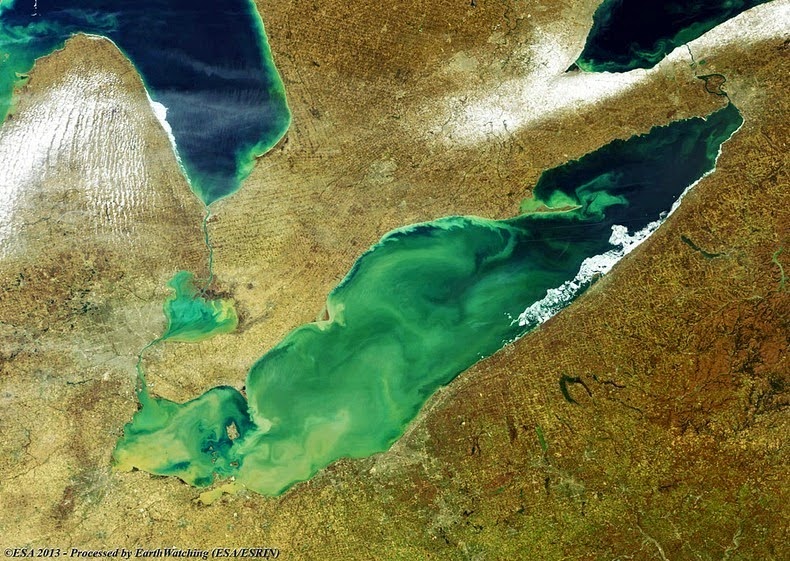Tongariro Nationa Park is actually 4th established National
Park in the world & oldest national park in New Zealand located in central
North Island. This National Park encompasses three active volcanoes (Tongariro,
Ruapehu, and Ngauruhoe) located at the southern end of a 2,500 kilometers long
range of volcanoes. The National Park has two volcanoes on the northern end
which erupted more than 20,000 years ago while one at Indo-Australian Plates
meets the pacific plate, and has erupted due to internal tectonic processes, in
the recent Aug 2012. These volcanoes have been together structure the mountains
of Tongariro National Park for over two million years. Moreover; Ruapehu is
world’s most active volcano & largest active volcano in New Zealand. This
has started to erupted at least 2.5 million years ago. However major eruptions occurred about fifty
years apart and minor eruptions almost every year.
An astonishing Crater Lake forms actually fed melting snow, and it was
came into existence due to major eruption. The Crater Lake vivid and radiant
colors are caused by dissolved minerals leaching from eh surrounding rocks. At
the close of Ruapehu is Mount Tongariro which comprises of at least twelve
volcanic cones. Therefore Ngauruhoe often regarded as a separate mountain is
geologically a cone of Tongariro. This is the most active vent, erupted over 70
times since 1839, and last erupted in 1975. There are several explosion craters
on the massif, several of which have been filled with water to form the Blue
Lake and the Emerald Lakes. These lakes are famous due to scenic viewpoints
along the “Tongariro Alpine Crossing” a celebrated one day trek that traverses
the otherworldly terrain along the slopes of all 3 mountains.
Furthermore Mount Tongariro, Ruapehu and its surrounding area were one
of the many locations used to shoot the Lord of the Rings trilogy, and the
near-perfect conical shape of Ngauruhoe was the basis for Mount Doom. Tongariro
National Park has been acknowledged by UNESCO as one of the 28 mixed cultural
and natural World Heritage Sites. There are 56 significant species of birds, like;
rare endemic species such as North
Island Brown Kiwi, Kākā, Blue Duck, North Island fernbird, Double-banded Plover
and Karearea. The National Park main activities are hiking and climbing in
summer, and skiing and snowboarding in winter and hunting, game fishing,
mountain biking, horse riding, rafting and scenic flights. The most popular
track in Tongariro National Park is the Tongariro Alpine Crossing and besides
this, there are several shorter tracks appropriate for day tramps. Snow season starts
in late June till early November.
















































